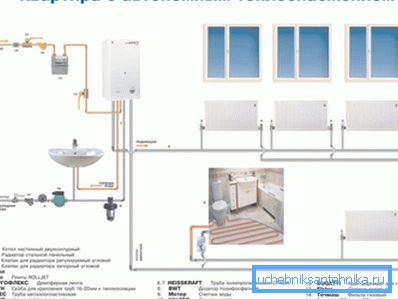Autonomous heating housing
Independent heating is a type of housing heating with an independent system of local action. Speaking about what it is, it can be formulated and much easier, this is when the house is heated by a boiler or other heating device located directly in the building itself. We will discuss the varieties of the most popular designs and the intricacies of their operation further.
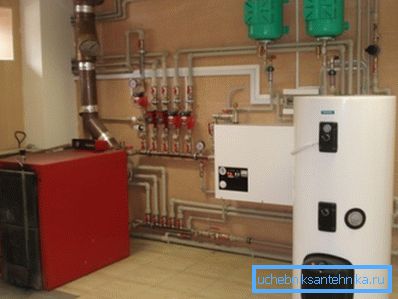
First of all, it should be noted that the scheme of autonomous heating can be equipped in two fundamentally different ways.
- With the help of hot air injection, this is the heat supply through the ventilation system, as well as gas or electric convectors of local action.
- Through the installation of piping, which circulates the heat transfer fluid.

If we talk about the use of ventilation structures, then this option is more suitable for offices and industrial buildings. Various kinds of convectors, originally developed as a spot heaters of local action and are often used as an auxiliary option. The most common, at the moment, are systems based on the use of liquid coolant, which will be discussed.

Advantages and disadvantages of such systems
In fact, the independence of the system itself from external influence is the main advantage of autonomous heating.
It is based on all the pros and cons, but first about the merits.
- Installing autonomous heating allows you to decide when and how the house will be heated. The heating season, you can at your discretion extend or complete.
- Such systems provide the ability to fine-tune the temperature in the entire building in general and personally, in particular in rooms. It all depends on the selected equipment, which we will discuss below.
- Everyone knows that the centralized heating system of the old model, when the supply of heat to the entire neighborhood morally and technologically outdated depended on the operation of one boiler house. Compared to it, autonomous structures are many times more economical.
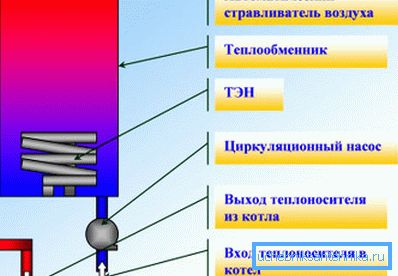
- This type of construction is universal, for this reason, absolutely all private houses, both in the city and in the countryside, are equipped exclusively with autonomous systems.
- More than half of all units of this kind are equipped with a second circuit, which provides heating for domestic purposes.
If you remember the cons, they are also in such systems.
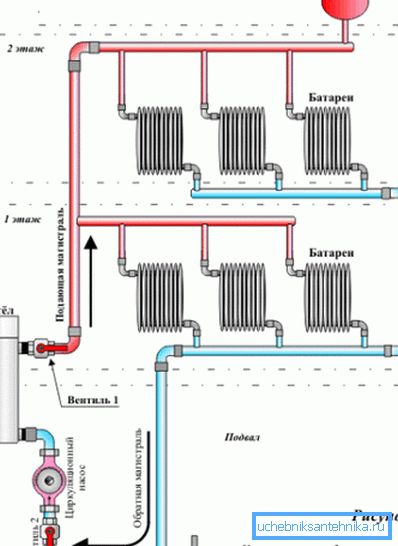
- First of all, the price of the equipment itself. Initially, installation of autonomous heating will require major investments. Even if you are able to mount everything yourself, the cost of purchasing equipment and material will be significant.
- As a rule, after the installation of the heating system, you need to start repairing the room.
- Installation of autonomous heating on such fuel as natural or liquefied gas will require permission for such work, and moreover, not one.
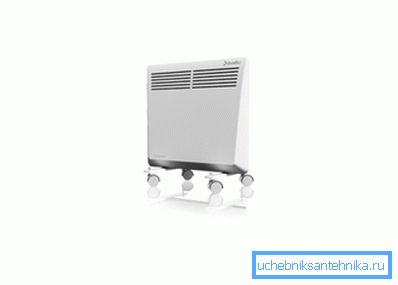
What system to choose
The heart of any system is a central heater, most often it is a boiler, but it may also be an alternative source of heating the heat-transfer fluid. In any case, the choice of one or another unit depends on two factors. The availability of fuel, which will operate the unit and the financial capabilities of the host.
Electrical units
Electric power boilers have a number of advantages. Such equipment in most cases does not require installation permission, as they relate to household electrical appliances.
A ban on the installation can be imposed only if the house has a weak electrical wiring, but no one bothers to change it.
The price of the equipment is quite acceptable, plus the instructions for installation and operation are not very complex.
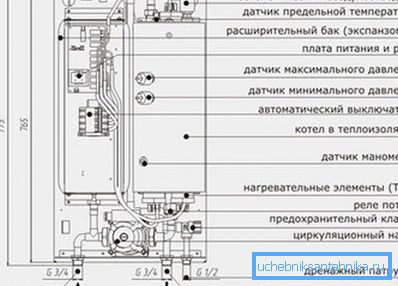
- The market is now widely represented 3 types of such units. The first and most common of them is the heating boiler. Heating here occurs on the same principle as in the electric kettle. The electric heating element connected to the network is heated by its resistance and at the same time heats the coolant. Units can have one or two circuits.
- The next number are electrode boilers. They are already working on a completely different principle. Here, the heat-transfer fluid itself acts as a heater. As you know, any substance has its own resistance, and if an electric current is passed through it, it will heat up. The electrodes of this unit are directly immersed in water and at the time of the supply of electricity to them, the device begins to act.

- Units operating on the induction principle are deservedly considered the latest development in this field. Their work is somewhat reminiscent of the work of an electrical transformer. Here, the heating medium is heated due to the heating of the core of the secondary winding. In this case, no contact of electricity with the coolant does not occur.
Important: sometimes there are reports of super profitable developments, and so any expert who is familiar with electrical engineering knows that all electrical units have an efficiency of more than 95% and any such statement is nothing more than a marketing ploy.
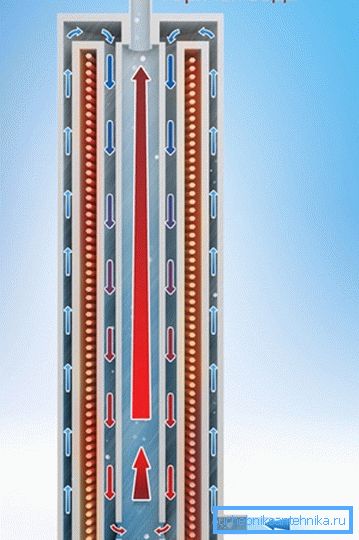
Solid fuel units
Solid fuel boilers are widespread in places where there is no possibility to bring the gas pipeline, and electricity is supplied intermittently or it is not affordable for the owners.
It also produces 3 types of units, these are boilers operating according to the classical scheme, pyrolysis units and gas generating devices. The latter are the most expensive, but also the most economical and profitable.

Tip: a special case of such systems can be considered the use of a conventional rustic stove with registers built into the furnace. In fact, this is the same solid fuel boiler and it is connected under the standard pipe layout with forced or natural circulation. But such a system costs several times cheaper.
Liquid fuel devices
Until recently, diesel or kerosene was used as fuel in such units. Such heating flew in a pretty penny and it was not very profitable. Now experts all over the world have paid attention to oil refining.
This fuel is very cheap, moreover, some companies are willing to pay extra for the disposal of this waste. The devices themselves are cheaper than electrical counterparts.
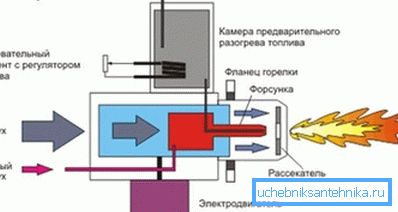
Gas equipment
It so happened that now natural main gas is perhaps the most profitable type of fuel. Therefore, such units are presented on the market in the widest range.
They are produced both one and two-circuit. Depending on the size of the building equipment may be floor or wall. And finally, there are more economical condensing heating boilers and units operating according to the traditional converter principle.
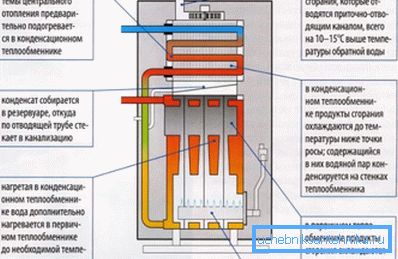
Important: autonomous mini boiler rooms are good because whatever equipment you use to heat the coolant, you can use any radiators for autonomous heating. If centralized systems are characterized by high pressure and the presence of water hammer, then autonomous structures are free from these drawbacks.
Paperwork
The question of what documents are needed for the installation of autonomous heating, now worries many. Initially, it is worth noting that if you are going to install a system that runs on electricity, solid or liquid fuel, then this problem does not particularly concern you.
A large list of documents is needed only for gas.
No matter how strange it may sound, documents are sometimes a stumbling block and a serious item of expenditure.
- The owner of a private house should begin their trip with a visit to the local administration and obtaining permission for gasification.
- Then we go to the local gas service and order a technical justification or technical conditions.
- Technical specifications will be the starting document when you apply for the development of a project to connect housing to the gas pipeline.

- With this set, you can look for an installation company that has a license for such work, and do not forget to take a certified copy of this license from them. You cannot install such things yourself, even if you know how.
- In addition, you must have available the technical certificate of the house, a document on the ownership of the house and the allotment, the plan of the land plot.
- If the line concerns neighbors, then consent is required from them, plus a full package of documents (certificate, technical passport, instruction) for all gas equipment.
Everything is much more complicated in apartments, so not everyone succeeds in overcoming such trials and getting the coveted package of documents, because you want to refuse to pay officials for central heating and thereby take away a piece of cake from them.
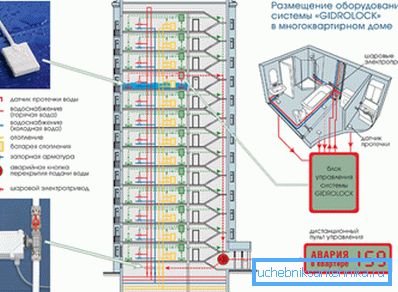
- You need to start by getting help on the technical possibility (this is the most difficult).
- After that, technical conditions are also drawn up.
- The obligatory moment is drawing up the act from the fire inspector.
- In multi-storey houses, the chimney is settled through the external wall, through the installation of a coaxial pipe. So for this installation will still need permission from the station.
- Next, we find a licensed installation company and conclude an appropriate contract with it.
- At the end of the work, you need to call a representative of the local gas service to give permission. By the way, you can conclude a service contract with him, without which the documents will not be signed.
The video shows some of the subtleties of the choice of autonomous systems.
Conclusion
We outlined to you, in general terms, what autonomous heating is and described the characteristics of the existing equipment. In the end, I would like to give a little advice on what to start with collecting documents, so that later you don’t have to sell a boiler and other equipment that does not meet the technical conditions.
